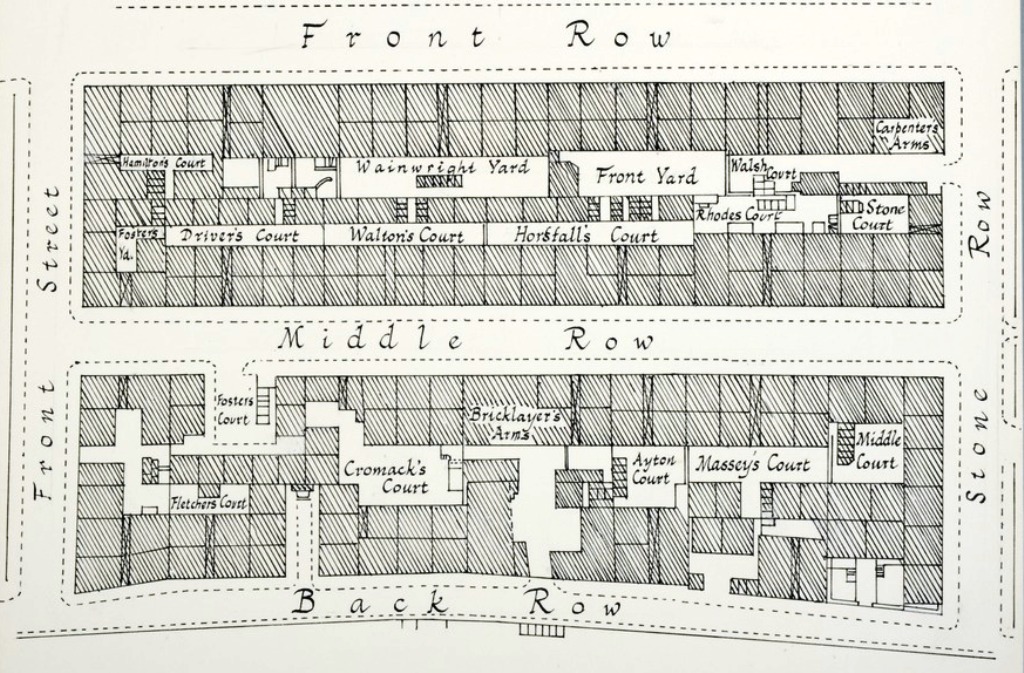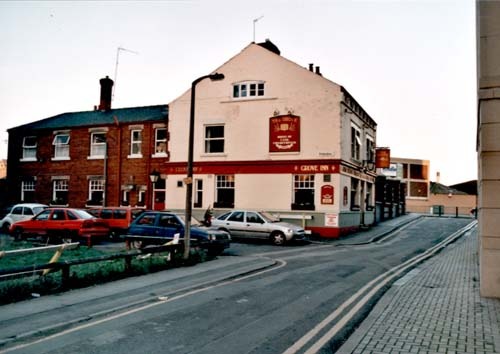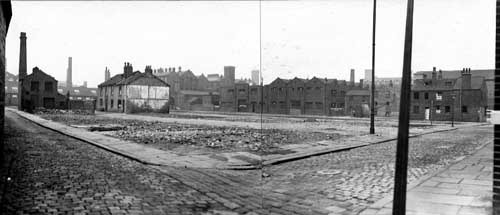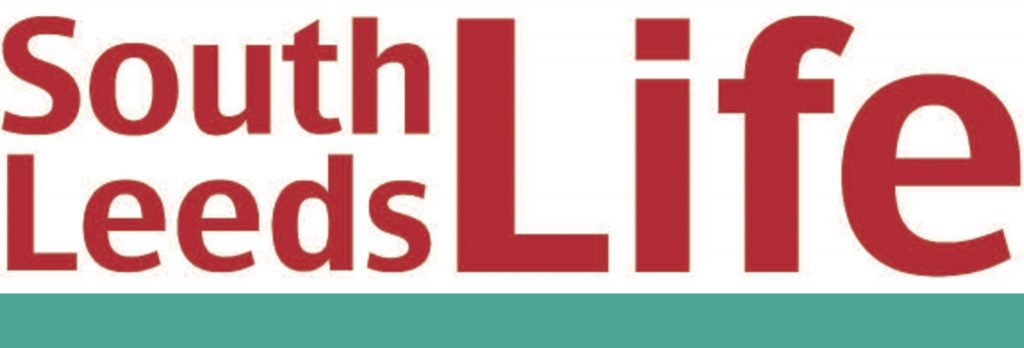
On 11 June 1844 Charles Bland Child of Camp Field, Leeds and his brother John Child of Brewery Field, Leeds, both married men who were drinking together in the Black Lion Inn, Mill Hill, until a very late hour in the evening.
On the way home they began to quarrel and this developed in to a fight in Camp Field. During the fighting John Child drew out a clasp knife and stabbed his brother in three or four different places in the body with the knife. One of the wounds was three inches deep and had gone through the lungs and penetrated the heart, the unfortunate man only living for a few minutes.
John Child was arrested and committed for trial at York on a charge of manslaughter and at the Summer Assizes on 20 July he was found guilty of the charge and sentenced to be transported for twenty years.
Camp Field is a relatively unknown part of Leeds and it is located south of the city centre at the end of Victoria Bridge, Victoria Road, Water Lane, Manor Road and the River Aire. Going back some 250 years it is shown on the map of 1775 as an area of fields and water meadows, also on the map an unmarked hall is shown, thought to be Camp Hall, although Water Hall is marked. It is thought to be named from Camp Hall but further research suggests that this is not so.
In the English Civil War in 1642 the greatest part of Yorkshire together with its capital York and the town fortresses of Leeds, Wakefield, Skipton, and Knaresborough were all in the hands of Royalist forces.
On 23 January 1643 the Parliamentarian Sir Thomas Fairfax was determined to attack the garrison based at Leeds and he marched from Bradford with six troops of horse, three companies of Dragoons, 1,000 musketeers, and 2,000 clubmen. In the area south of the city centre 1,000 Clubmen and 30 muskets camped in the area overnight prior to the Battle of Briggate and since that time this area became known as Camp Field.
Fairfax despatched a trumpeter to Sir William Saville who was in charge of the Royalist forces and asked that the town be handed over to Fairfax and Parliament to which Sir William Saville gave a disdainful reply.
The Parliamentary General now approached from the south-west side with colours flying and began the assault about one o’clock in the afternoon and within two hours the Royalists were driven from their works and their cannoniers killed. Sir Thomas and his brother Sir William Fairfax together with Sir Henry Fowlis and Captain Forbes cut their way through all the opposition and entered the town with sword in hand at the head of their troops and soon took possession of the town of Leeds.
Here they found two brass cannon with a good supply of ammunition along with 500 prisoners among whom were six officers. There is said to have been about 40 slain.
Sir William Saville fled from being taken by crossing the River Aire but unfortunately Sergeant-Major Beamont was drowned while making the same attempt and so ended the Battle of Briggate.
With the coming of the Industrial Revolution, Holbeck became heavily industrialised by firms such as John Marshalls Mills, Benyons Mills and the father of Leeds engineering Matthew Murray building his Round Foundry here among other firms. With the inflow of workers coming into an expanding Leeds housing became a necessity and the 1815 map of Leeds shows terrace houses had been built on Camp Field with the Hall still shown.
An interesting fact concerning Matthew Murray is that Boulton & Watt bought land on Camp Field to stop Murray expanding. The population seems to have been Irish and to cater for their religious needs in 1896 Kelly & Birchell built a Roman Catholic Church, this was called St Francis of Assisi in Manor Road this was demolished in 1979 because so few people were living in the area.
In the late 1930s the houses had been condemned as slums and were all pulled down, baring the public houses, which were left for the workers in the factories to enjoy. Although today only one still exists – The Grove Inn.

The street plan from the demolished houses was still visible but by the 1960s the Victoria Works had taken over most of the area and the remainder was filled by other firms. All this carried on until the 1980s when manufacturing became an ugly word with factory after factory closing both in Holbeck and Hunslet. In the 1990s warehouses, offices, and car parking had taken over from production and in 2007 a prestigious building came on the site, Bridgewater Place, at the time this was the tallest building in Yorkshire and because of its shape it was nicknamed “The Dalek”.

Unfortunately, it turned into a disaster because wind force had not been considered enough, for years it was known by locals for this and a man was killed when a heavy goods vehicle was blown on its side. People were being injured by being blown off their feet. The method of coping with the wind has left the area looking a bit like a dilly house.
At least people have moved in to the area in flats, sorry apartments, to be near their work and entertainments and the Grove Inn should now be enjoying a new lease of life. Whether the buildings going up please people or not, it is nice to see this area coming to back to life.
Footnote: Matthew Murray died on 20 February 1826 aged 60 and next year will be the 200th anniversary of this: will it be celebrated?
While you’re here, can we ask a favour?
South Leeds Life is published by a not-for-profit social enterprise. We keep our costs as low as possible but we’ve been hit by increases in the print costs for our monthly newspaper which have doubled in the last two years.
Could you help support local community news by making a one off donation, or even better taking out a supporters subscription?
Donate here, or sign up for a subscription at bit.ly/SLLsubscribe


